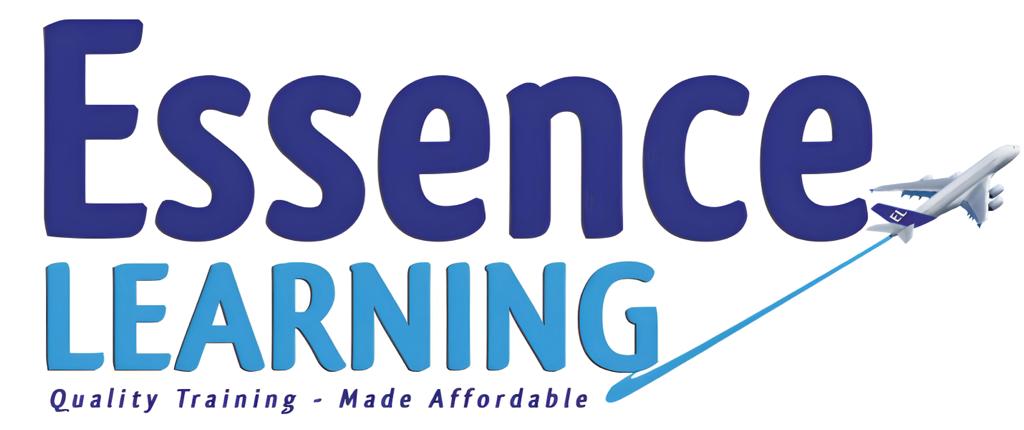April 21, 2011
Recruitment Process
The recruitment process for the majority of airlines follow a common pattern: application forms or CV’s are received either online or by post. Candidates are then short-listed and invited for an interview.
The interview format will normally consist of an introduction about the airline, group work, English or maths written tests and finally a face to face interview with a panel of the interviewers. Some airlines may also require you to conduct a short presentation, details of any presentations will be explained in the invitation letter for the interview.
#### Guidelines for interview
Before your interview
-
Know how to get to the interview location and how long the journey takes
-
Have maps, train/bus times and check for any disruptions to rail or road services in advance
-
Have sufficient time before leaving so that you are not rushing
-
If necessary arrange for overnight accommodation
-
Arrange your clothes, suits are normally appropriate, follow the dress code as required by the Airline
-
Minimize any jewellery or visible body piercings
-
Collect important information about the airline you are applying for
-
Revise what you have mentioned in your CV or application form
Check List for important documents
-
Any letters of recommendations or training certificates related to the job
-
Qualification Certificates(Original and Photocopy)
-
Passport(Original and Photocopy)
-
Any correspondence you may have received from the airline
-
A map or directions of the venue
-
Your CV or a copy of your application form with your passport and full length photograph
-
A list of questions you would like to ask the interviewers
Your Curriculum Vitae (CV)
Airlines receive hundreds to thousands of applications and CV’s every year.Outlining your education and work experience to date is essential as your CV is your tool to sell yourself. Think of it as your own personal advertising campaign to sell your ability to do the job you are applying for.
Content to be included in your CV
-
Personal Details, which should include details of your age, height, weight, vision, passport details and marital status
-
A personal profile, outlining your key qualities, skills and career objective
-
Education
-
Additional Training in relevant field
-
Work experience, detailing any gap years you may have had
-
Hobbies, interests and any extra curricular work
-
References
Your CV layout
CV’s should be simply laid out over no more than two pages. Check the accuracy of your grammar and spelling.
Airlines like easy to read CV’s that are easy to navigate around. Using relevant headings, short paragraphs and bullet points can all help to create an eye catching CV. Airlines typically don’t read everything on your CV and their first glance could only be a few seconds. An over complicated CV may not get a second chance.
Graphics and gimmicks should be avoid and using tables and charts can make a CV look cluttered. Overall try to use a consistent, professional style and don’t overdo the underlining or capital letters!
